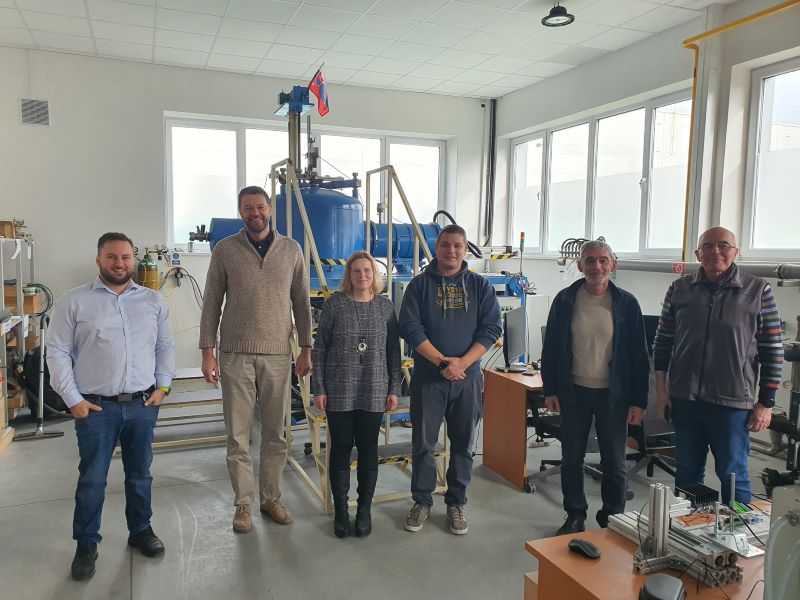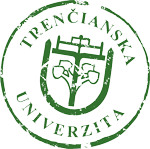FunGlass cooperation with industry: Workshop Crystals 2022
On November 16 2022, Dušan Galusek and Anna Prnová participated in a workshop Crystals 2022, which took place in the premises of AT Crystals, s. r. o., Žilina. The representatives of research teams of the project APVV 19-0010 met at this working meeting: TNUAD was represented by Dušan Galusek, UACH SAV by Anna Prnová, and AT Crystals, s. r. o., Žilina was led by responsible researcher Juraj Kajan, company director Tomáš Gregor and team of researchers: Patrik Hajas, Grigorij Damazyan and Peter Mazák. During this meeting, the results of the project reached so far were evaluated and the next steps were planned. The participants also discussed the possibilities of cooperation on new research projects. At the end of the workshop, the participants viewed the technology park of AT Crystals, s. r. o., Žilina. It remains only to state that the event took place in a friendly working atmosphere, as evidenced by the attached photo.
About APVV 19-0010: Ceramic materials with eutectic microstructures have significant technological and commercial potential due to their outstanding technological properties, and according to the latest reports, also as optically active materials applicable in photonics and energy saving lighting. In most cases these materials are prepared by controlled solidification of melts, which requires expensive and technologically highly demanding experimental facilities, and high energy consumption. The preliminary results indicate that these materials can be prepared by an alternative method, i.e. by controlled crystallization of glass frits of relevant composition accompanied by their simultaneous densification by pressure assisted sintering (hot pressing or spark plasma sintering). This project is aimed at preparation of such materials in the systems RE2O3-Al2O2-(ZrO2), where RE = Y, Yb, La, also doped with optically active rare earth elements (Er, Eu, Ce). The goal of the project is preparation of such materials with exceptional high temperature mechanical properties, and possibly also intensive luminescnece in a broad range of electromagnetic spectra, and identification of relations between preparation conditions, chemical composition, microstructure, and properties of these materials. Possibility for improvement of room temperature mechanical properties through transformation toughening related to controlled crystallization of submicron ZrO2 grains will be investigated, and compared to materials of identical composition prepared by melt solidification.













